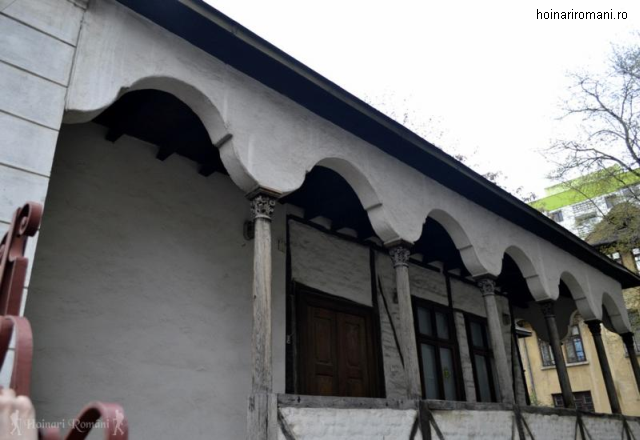The Flamanda Slum in Bucharest
The history of one of the oldest parts of Bucharest.

Christine Leșcu, 19.07.2014, 14:08
Romanians use the Turkish word mahala to describe slums, the dirty and poor areas that could be found in every city in the past. Slums marked a historical stage in the development of many Romanian cities. Bucharest was no exception, as the city itself was initially made up of several slums, that is small urban communities very much like the rural ones. One of Bucharest’s first slums, infamous for the abject poverty of its inhabitants, was suggestively called Flamanda, which means hungry in Romanian. It was located in the area of today’s Union Square, near the Metropolitan Cathedral Hill. The emergence of this slum is closely connected with the life and role of the church within community, as Edmond Niculusca, head of the Romanian Association for Culture, Education and Normality explains:
“The Flamanda Slum is tightly linked to the Metropolitan Cathedral Hill. This slum had formed, just like many others, around a church, in this case, the Flamanda Church, which still exists today. The church was erected in 1766, by a man named Dumitru. Its construction it’s believed to have taken a long time, although the church is very small. Starting 1782, the church was rebuilt, this time of stone, and construction works were completed only around 1800, with the help of the tailors’ guild in Bucharest, who then settled on the eastern side of the slum. A map of Bucharest in 1770 shows without a doubt that beyond the eastern side of the Metropolitan Cathedral Hill there was nothing more than vineyards and gardens. The land was the property of the Hungarian-Wallachian Bishopric, as it was called at the time, and it was home to a large number of Gipsy slaves, who worked for the church. So there was no mention of Flamanda Slum on the oldest map of Bucharest. In spite of the fact that it was set up in 1766, it was only much later that Flamanda Slum was mentioned by documents as an established community. In 1800 there were around 59 houses in the area.”
Edmond Niculusca tells us more about the name given to this slum:
“Some historians say that both the slum and its church had been extremely poor. There were only 59 houses, and very few families. There are also historians who say that it was mostly beggars and people suffering from chronic diseases that were sent to the Flamanda church to ask for food and money. There was a strict hierarchy within every slum. The main road usually boasted the church and the bar, and also the houses of the community’s elite, such as the priest and his family, the policeman and, in some cases — if the slum was not the poorest one — some civil servants. “
In time, the social structure of Flamanda slum changed and after 1920 even the administrative term of ‘slum’ had disappeared. And this was not the only change. Edmond Niculusca explains:
“By mid-19th century, when Bucharest began to expand, the Flamanda area became part of the city centre. Beautiful houses, some of which can still be seen today, were erected. One of them was built by the architect of the Peles Castle, who had received a plot of land there. The house is impressive and tells of the city’s historical identity. Unfortunately, it is now bordered on each side by large boulevards that have suffocated the city and changed its identity. And I’m talking about the communist times, especially the 1980s, when new buildings and boulevards were erected in this area to isolate the slum.”
The Flamanda slum continues to be an identity oasis of Bucharest, miraculously saved from communist destruction. A whole district full of historical streets and buildings was demolished in the 1980s to make room for monstrous communist buildings. Behind them, however, the Flamanda slum continues to exist.






























